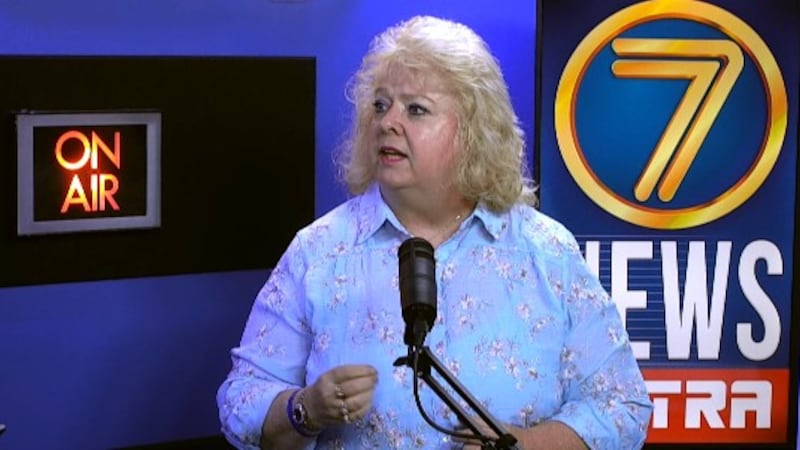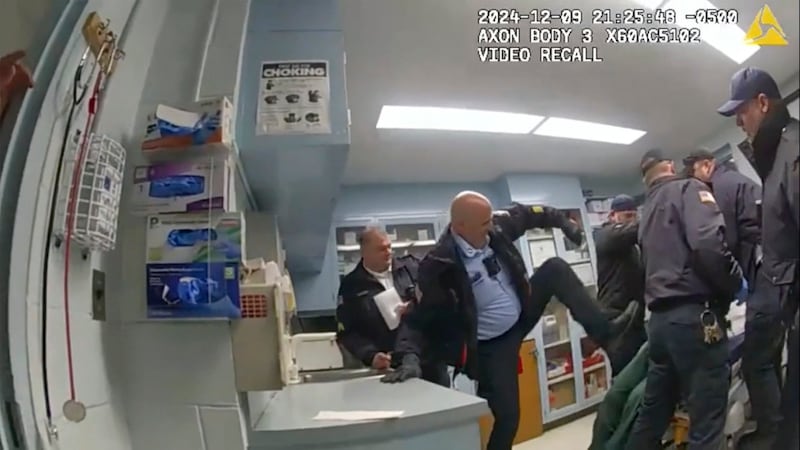Lyme school officials respond to criticism in state audit
TOWN OF LYME, New York (WWNY) - A state audit says the Lyme Central School District has been overestimating its budgets and collecting more than necessary in taxes.
The State Comptroller’s Office says the Lyme school board and district officials have kept too much money in the school’s fund balance, which is basically its rainy day fund.
Going back to the 2020-21 school year, the audit says, on average, budgets have been more than $900,000 larger than needed.
The district used $1.6 million from its fund balance to close budget gaps over a three-year period but the audit says only $23,000 was actually needed, ultimately leading to a larger surplus in the fund balance.
The district’s 2020-21 tax levy did not increase from the previous year, but the audit says the total taxes collected rose by about $46,000 the following school year and $71,000 the year after that, despite the surplus fund balance.
According to the audit, the largest overestimations came from employee salaries, special education programs, and health insurance benefits.
The audit says historical trends were ignored in those areas.
Lyme Central Superintendent Patricia Gibbons tells 7News, “We build contingencies for unanticipated expenditures and plan conservatively for situations that are over which the district has little or no control, such as escalating special education costs, transportation and energy costs, rising inflation costs for goods and services, and unforeseen emergencies.”
She added that the district has reduced the fund balance from roughly 19 percent of the total budget to about 9 percent.
The state says districts should not exceed 4 percent, though many do exceed that as a precaution.
Gibbons says, “The district will implement a wide range of cost controls and cost-saving measures to enable the District to continue to offer exceptional educational programming, while at the same time maintaining fiscal stability for our taxpayers.”
Copyright 2024 WWNY. All rights reserved.











